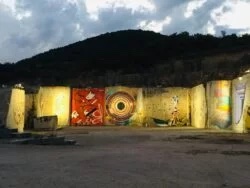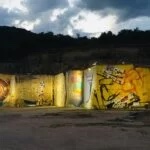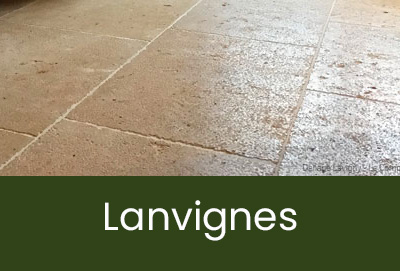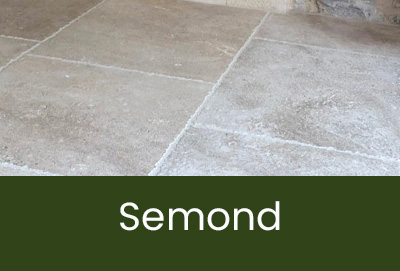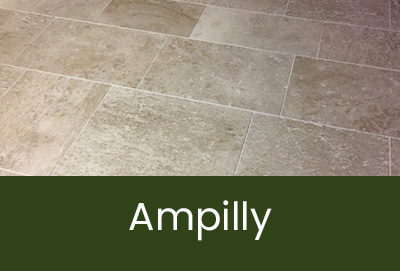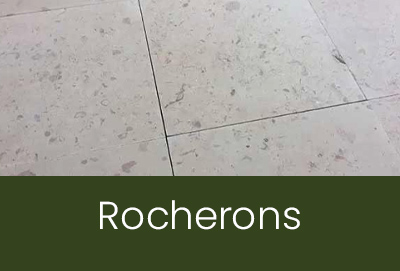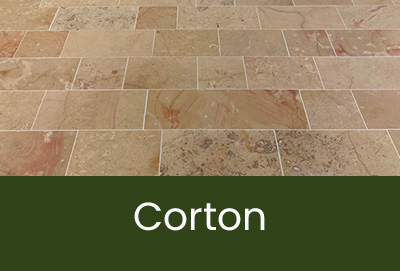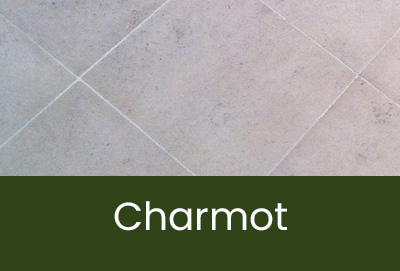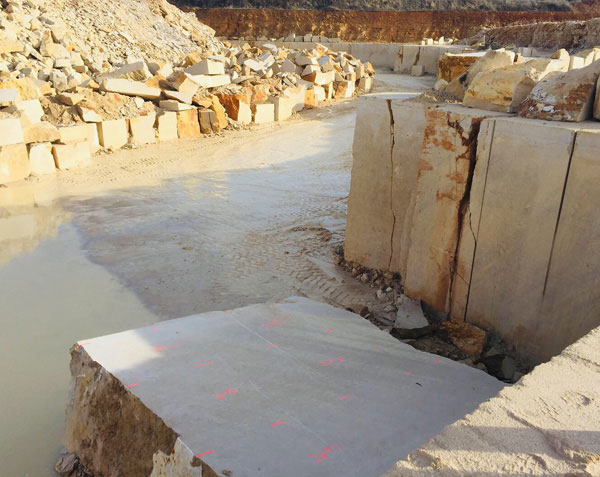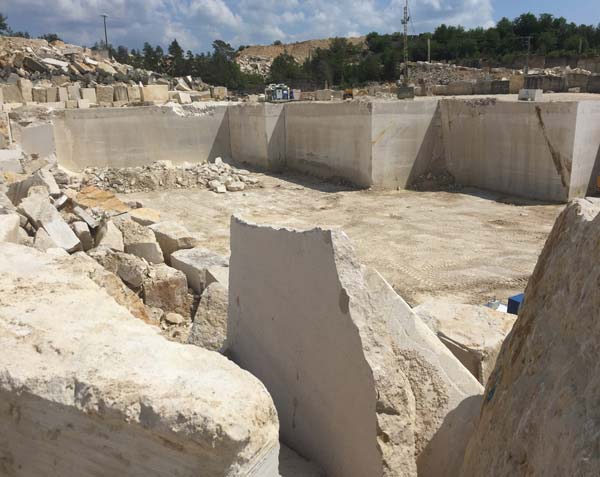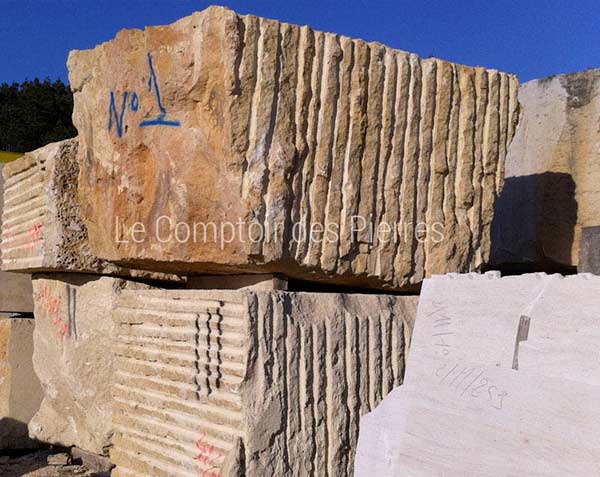Depletion of Burgundy limestone ?
Burgundy limestone is a raw material from our planet Earth, much like oil or gas, and it took nearly 150 million years to form. We cannot manufacture it industrially, but only shape and enhance it.
The question of resource and deposit depletion is therefore entirely legitimate. The geographical limit (the historic departments of the Burgundy region) preserves the expertise of Burgundian companies but also poses an additional constraint from this perspective.
Burgundy limestone, a resource with a bright future ahead
The reserves and access to Burgundy limestone do not pose a concern for the industry. Here are a few examples without delving into technical data : the Comblanchien bed (meaning the seam or vein), according to geologists, extends from the Côte d'Or to the outskirts of the Ile de France. The current extraction front of the Comblanchien quarry still has about 30 years of exploitation.
On average, a new quarry operates for about 20 years. In the Châtillon-sur-Seine region, there is a saying: one village = one quarry = one stone = one stone name. The reserves are very significant; the only limit is our collective willingness to see new quarries open in light of aesthetic and landscape considerations.
Burgundy stone is often celebrated when seen in its finished form in beautiful homes but criticized at the quarry sites. We must remember that before we can admire Old Burgundy Slabs by the fireplace, they must first be extracted from the quarry face using industrial machinery (chainsaw, loader...).
Quarries can even be reopened, like the Corton quarry by Sylvain Loichet in Ladoix-Serrigny.
The future of quarries
Once depleted or when the quality of the material becomes insufficient (due to porosity, cracks known as "poil," etc.) relative to the cost of extraction (economically unfeasible), the quarry closes. The stone may still be valuable as an ornamental rock, but when the concession reaches its geographical limits, extraction ceases. There are numerous examples in Burgundy: Rose de Bourgogne, Chassagne, and others.
Upon deciding to stop exploitation, particularly in the Châtillonnais basin, quarry operators must backfill the quarry, primarily using the "découverte," the first layer extracted consisting of aggregates of vegetation, earth, marl, etc., before the ornamental rock layer.
The quarry operator must then compensate for the volume of rock extracted by adding additional material. Nature will gradually reclaim the area, with shrubs, vegetation, and eventually trees growing back.
In most cases, the quarry site will return to being a wooded area or a field, whether owned privately or by a public entity such as a municipality, department, region, or state.
In more unique situations, an old quarry can become a space for artistic creation. This is exemplified by the Karrière in Villars Fontaine near our workshop in Côte d'Or. This magical place hosts cultural events such as concerts, theater performances, and street art exhibitions featuring monumental murals on the quarry face.
